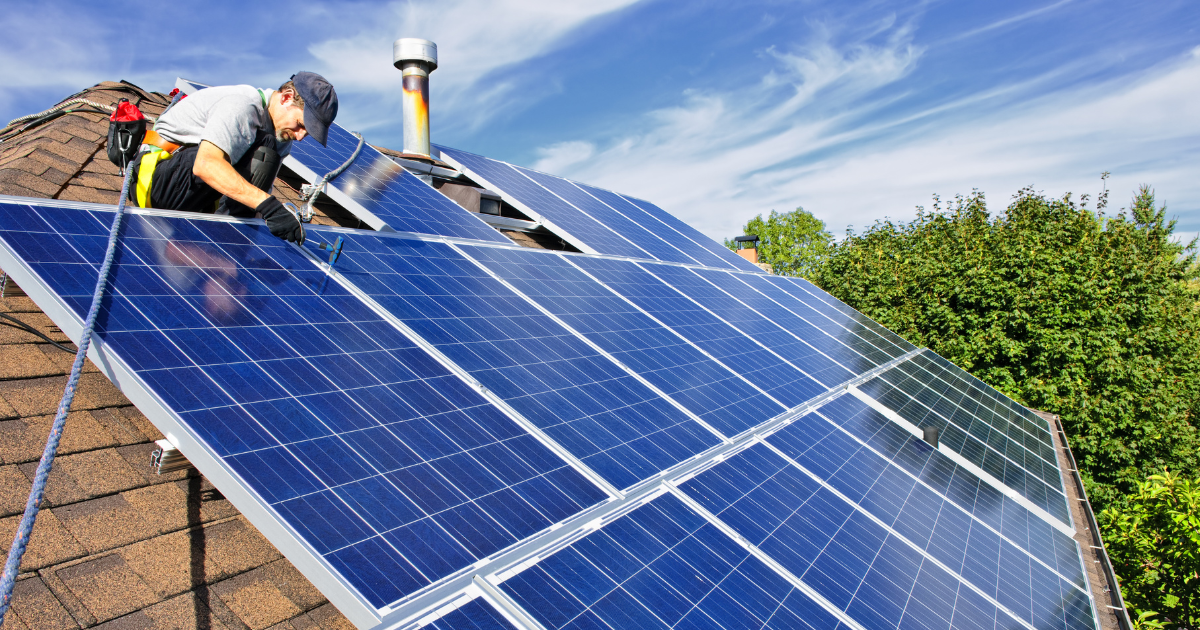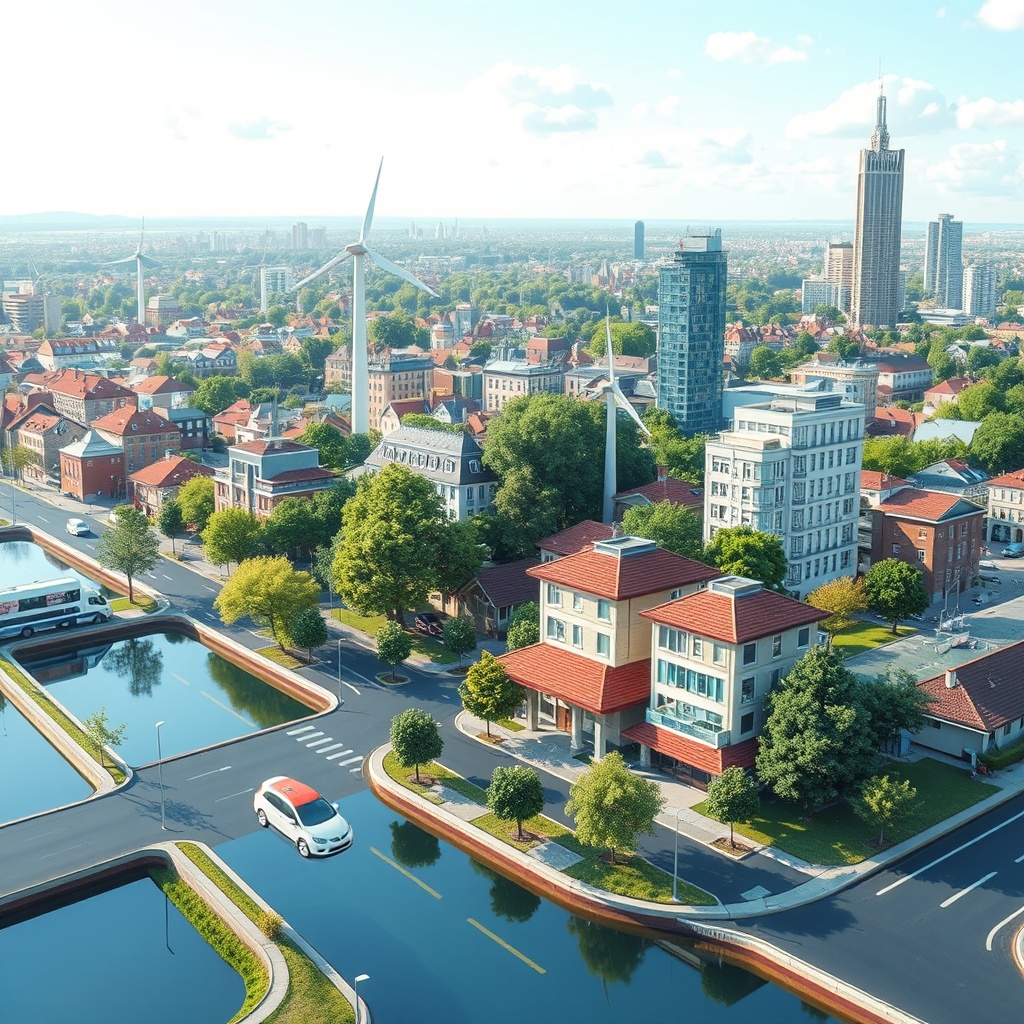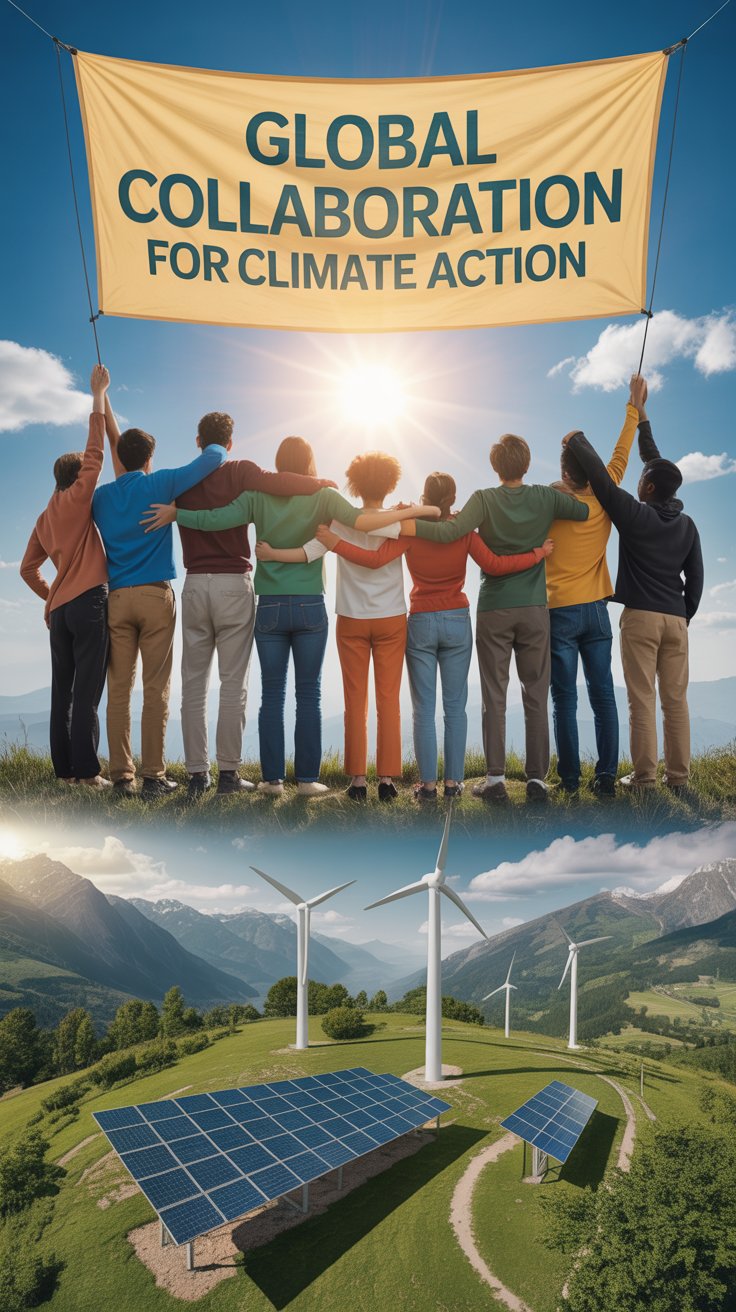Renewable energy refers to power derived from natural processes that are continuously replenished. Unlike fossil fuels, which are finite and polluting, renewable sources like sunlight, wind, rain, tides, and geothermal heat are sustainable and have minimal environmental impact.
The Urgent Shift Toward Clean Energy Solutions
Why Clean Energy is No Longer Optional
Today’s global challenges—climate change, rising energy demand, and the exhaustion of fossil fuels—demand immediate attention. Across rooftops, fields, and rivers, cleaner alternatives are already in motion. Solar panels soak up sunlight, wind turbines spin with power, and hydropower facilities harness flowing water. These systems are not just good for the planet. They also boost job creation, spur innovation, and help nations reduce dependence on foreign fuels.
Communities worldwide are waking up to these opportunities. Energy resilience, environmental protection, and economic growth are no longer separate goals. They’re connected by one powerful solution: clean energy. While adoption is increasing, the real success lies in understanding the deeper mechanisms that drive these systems forward.
Mastering the Mechanics Behind Clean Power
Installing solar panels or building wind farms isn’t enough. For sustainable impact, individuals and industries must grasp how these technologies function. Knowing the basics—how solar cells convert sunlight, how wind patterns affect energy output, or how water flow turns turbines—is essential. Even geothermal energy and its underground heat potential hold great promise.
Such knowledge empowers smarter decisions. It encourages responsible policies, innovative investments, and stronger community engagement. A well-informed public can drive change faster than any single institution. From business leaders to students, every decision counts in this global energy shift.
Overcoming Challenges Through Innovation and Awareness
Clean energy isn’t without obstacles. Storage, grid compatibility, and infrastructure gaps still pose real challenges. Without proper investment and public understanding, progress may stall.
Education plays a vital role here. Knowing how to store solar power, manage grid fluctuations, and fund the necessary upgrades is part of building long-term success.
Innovation is the heartbeat of this transition. But it must be paired with awareness, commitment, and action.
As the world continues to evolve, only informed and engaged societies can lead the way to a sustainable and secure energy future for all.
The future of global energy lies in the hands of those willing to explore beyond surface-level knowledge. This journey involves education, curiosity, and a commitment to long-term thinking.
As societies grow and the planet faces increased pressure, our collective awareness and action will determine how successfully we navigate this critical transition.
By cultivating a strong understanding of clean energy alternatives, we can work toward a more resilient, equitable, and sustainable future for all.
Key Renewable Energy Sources:
- Solar Energy: Harnessing sunlight using photovoltaic (PV) cells or solar thermal collectors.
- Wind Energy: Using wind turbines to generate electricity.
- Hydropower: Producing electricity by capturing energy from flowing water.
- Biomass: Converting organic material into fuel or electricity.
- Geothermal: Tapping into the Earth’s internal heat for power and heating.
Why a Deep Understanding of Renewable Energy Matters
A deep understanding of renewable energy goes far beyond acknowledging that it’s “clean” or “green.” It involves recognizing its role in:
- Reducing Greenhouse Gas Emissions: Transitioning to renewable sources significantly lowers carbon output.
- Enhancing Energy Security: Locally generated renewable energy reduces reliance on imported fuels.
- Boosting Economic Growth: The renewable energy sector creates jobs in installation, maintenance, engineering, and research.
- Promoting Technological Innovation: Energy storage, smart grids, and AI-driven energy systems all tie into renewable energy advancements.
- Enabling Energy Access: Decentralized renewable systems can electrify remote or underserved regions.
Understanding how policies, markets, and global trends affect these dynamics is essential. Only through a deep understanding of renewable energy can businesses, governments, and individuals make informed choices.
Challenges in Renewable Energy Deployment
Despite its advantages, renewable energy faces several challenges. A deep understanding, which includes acknowledging and addressing these hurdles:
- Intermittency: Solar and wind energy are weather-dependent and variable, requiring robust energy storage solutions.
- Grid Integration: Many power grids were designed for centralized fossil-fuel-based systems, not distributed renewable inputs.
- Storage Limitations: Battery technology and storage infrastructure need major advancements to handle renewable loads efficiently.
- Cost Barriers: Initial investment costs can be high, although long-term savings are significant.
- Policy and Regulation: Inconsistent policies or lack of incentives can slow adoption.
Overcoming these challenges involves continued research, international collaboration, and public-private partnerships—all grounded in a deep understanding of the energy systems.
Innovations Driving Renewable Energy Forward
Technological innovation plays a crucial role in expanding renewable energy adoption. A deep understanding includes staying informed about
- Advanced Battery Storage: Lithium-ion, flow batteries, and emerging solutions like solid-state batteries.
- Smart Grids: AI-enhanced grid management for efficient energy distribution.
- Hydrogen Fuel Cells: Clean, high-efficiency energy storage and generation.
- Floating Solar Panels: Utilized on lakes and reservoirs to reduce land usage.
- Offshore Wind Farms: Leveraging stronger, more consistent sea winds for higher yields.
These innovations are not only enhancing efficiency but also making renewable energy more accessible and affordable worldwide.
FAQ
What is the most efficient form of renewable energy?
Hydropower is generally considered the most efficient, with efficiency rates over 90%, but solar and wind have become increasingly efficient due to technological advancements.
Can renewable energy completely replace fossil fuels?
With the right infrastructure, storage, and global cooperation, renewable energy has the potential to meet 100% of the world’s energy needs.
Is renewable energy reliable?
While some sources like solar and wind are intermittent, combining them with storage and grid upgrades enhances reliability.
How does renewable energy impact the environment?
Renewable energy significantly reduces carbon emissions and pollution, though some methods (like large dams) can have ecological impacts.
Why is a deep understanding of renewable energy necessary for policymakers?
It allows for the creation of informed, strategic energy policies that support transition goals while ensuring grid stability, economic growth, and environmental protection.
How can individuals contribute to the renewable energy movement?
By installing solar panels, supporting clean energy initiatives, reducing personal energy use, and advocating for green policies.





Leave a Reply